EMS Namboodiripad
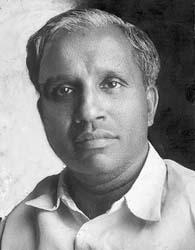
Marxism is allegedly incapable of subjecting caste to scientific analysis. This is stated to be the reason why the Marxist political movement has ‘failed’ to strike deep roots in India’s socio-political life.
A convincing answer is given to this question by the way in which the Marxist political movement, ever since its inception, has attempted to relate the question of caste and communal disruption to the developing class struggle in the country.
In the early 1920s, when India witnessed the eruption of communal riots all over the country, the then young Communist Party of India and its global leader, the Communist International, analyzed the problems of communal disruption, relating it to the developing militant class movement.
In several official pronouncements of the Communist International and of the Communist Party of India, the idea was set forth that the communal divide could be bridged not through the liberal notion of ‘unity between the communities’. The real solution lay in the militant unity of the working people belonging to various castes, religious communities, tribal societies, linguistic-cultural groups, and so on.
In other words, class unity of the working people against the oppressing and exploiting groups at the top was the real solution for the communal problem.
The bourgeois leadership of the national freedom movement naturally refused to subscribe to this idea or to implement it. Their way was either to preach abstract ‘communal unity’ or to deny the very existence of the communal problem. The result was the vertical division of the country into two on the eve of and during the attainment of the national objective of complete independence.
What is worse, the communal passions roused in the process culminated in the most tragic communal riots in the two parts of the once-united India – the killing of tens of the thousands of men, women and children belonging to both communities, the looting of property and destruction of houses belonging to one community by another, and so on. This broke the heart of Mahatma Gandhi who refused to join the festivities connected with the dawn of freedom. Ironically, the Mahatma was assassinated by a fanatical anti-Muslim Hindu.
It is, therefore, clear that the Marxist assessment of the communal problem was one hundred per cent correct: communal unity cannot be forged except on the basis of class unity bringing together various sections of the working people belonging to both the communities on the basis of a united militant struggle waged by the people against the oppressing classes.
This is as true of the caste question as of the communal question. I may illustrate this by the way in which the Marxist movement in Kerala assessed and sought to solve the question of the demand raised by the backward castes for reservation in government service. The realists that they were, the Marxists refused to join the rest of the national movement in denying the caste factor operating in society. They recognized caste divisions and caste feelings as a reality to be reckoned with.
But they refused to join the leaders and spokesmen of caste organizations and political parties based on them. The latter considered caste oppression as nothing but the subjugation of the majority of a particular caste by the minority of some other castes. The Marxists, on the other hand, traced the division between castes and the discrimination against the majority of castes at the hands of a minority to the existence of the socio-economic and cultural domination of big feudal landlords and their political representatives, feudal chieftains and ruling families. The all-round struggle against the socio-cultural, economic and political oppression of the ruling classes against the majority of the people is the reality of which caste oppression by a minority of castes against the majority is only a part.
The Marxist movement in Kerala in its early days, therefore, did two things: first, it supported the demand of the oppressed castes for full equality with the oppressing castes. That is why it extended full support to the demand of the backward castes for reservation in government jobs and in educational institutions.
Second, it refused to join the caste leaders who were mobilizing their supporters as oppressed castes against the oppressing castes. It, on the other hand, organized the working people (belonging to all castes and communities) on class basis. Trade unions, kisan sabhas, agricultural labourers’ organizations, organizations of other oppressed classes on the basis of their class demands were the real alternative to the backward caste leaders’ attempt to organize caste organizations/political parties on the basis of caste demands. There is thus a clear distinction between all-class and caste-based movements organized by the backward caste leaders and the independent class organizations without reference to castes and communities.
Adopting as the Marxists did this approach to the caste question and caste demands from the class point of view, the first Communist Government in Kerala (1957-59) proceeded to apply concretely the principle of reservation for the backward castes and communities to the whole of Kerala, unifying the rules and methods of reservation existing in the Travancore-Cochin and Malabar parts of the newly-formed State of Kerala.
It was the first Communist Government in the State which formulated and issued the rules according to which definite quotas were fixed for the backward Hindu castes as well as for Muslims and the Christian communities. This order was issued by the first Communist Government of Kerala in 1958. This, in fact, was quoted in the Bill adopted by the Kerala Assembly on August 31 this year.
At the same time, as the head of that Government and as the Chairman of the Administrative Reforms Committee appointed by the Government, I felt that the majority of the offices and appointments reserved for particular castes and communities were being cornered by a minority of the affluent section of these communities. The result was that the overwhelming majority of those very castes and communities continued to be the hewers of wood and drawers of water.
After discussing this question in detail, the Committee came to the conclusion that the reservation existing in the laws and regulations should be confined to the poor majority in the backward castes and communities, removing affluent families from the list of people who could avail of the reservation facility.
This was hotly contested by the affluent sections of both the forward and backward communities. The former criticized it for continuing caste based reservation, demanding that the only basis for reservation should be the economic position and not the caste. The latter, on the other hand, criticized the same proposal for excluding the affluent sections in the backward communities from the benefit of reservation; they demanded that the sole basis on which the principle of reservation should be applied should be caste. I personally had the dubious distinction of being the butt of attack from both the sides.
Thirty-five years later, however, the highest judicial authority in the country, the Supreme Court, endorsed the proposal made by the Kerala Administrative Reforms Committee chaired by me. ‘The creamy layer’ criterion laid down by the Supreme Court was virtually the same proposal made by my committee in 1958, the only difference was that, while I gave only the content, the Supreme Court gave it the new term of ‘creamy layer’.
I may, therefore, make the modest claim that I was the original author of the ‘creamy layer’ formula.
Having made this claim, however, I must admit that the formula originally mooted by me and subsequently endorsed by the Supreme Court is defective in one respect: if the poorer sections in the backward castes and communities are unable to provide a sufficient number of candidates for particular posts, the posts will be transferred to the ‘general pool’, which means they will go to the forward castes.
In order to meet this difficulty, the all-India leadership of my party has proposed that in such cases – only in such cases – the offices or the posts should go to the affluent section in the same caste or community .
Furthermore, a small proportion of reservation should be provided for the poorer sections in the forward castes.
Since both these proposals are opposed to the formula adopted by the Supreme Court, the Union Government and Parliament may have to step in, so that: (a) the posts reserved for backward castes and communities are not cornered by the affluent sections in the forward castes or communities; (b) a small percentage of posts are for the poor in the forward castes and communities.
This, therefore, is an eminently reasonable formula which should meet the aspirations of the overwhelming majority of people in both the backward and forward castes and communities. Here, a serious attempt is being made to solve the question of caste -based reservation on class principles.
Castes and communities which have remained oppressed for generations would continue to have caste-based reservation. But its benefits would go to the poor in the backward castes and communities, while a small proportion would go to the poor in the forward castes and communities as well.
Seeing this, no opponent of the Marxist movement can claim that the Marxists do not have an understanding of the problem of oppressed castes and communities or of the oppressed sections within the forward castes and communities.
October 17, 1995
(From The Frontline Years: Selected Articles (2010) by EMS Namboodiripad, published by Leftword Books, New Delhi. The book was published under Creative Commons Attribution-Share Alike 2.5 India license. For details of the license, visit https://creativecommons.org/licenses/by-sa/2.5/in/)
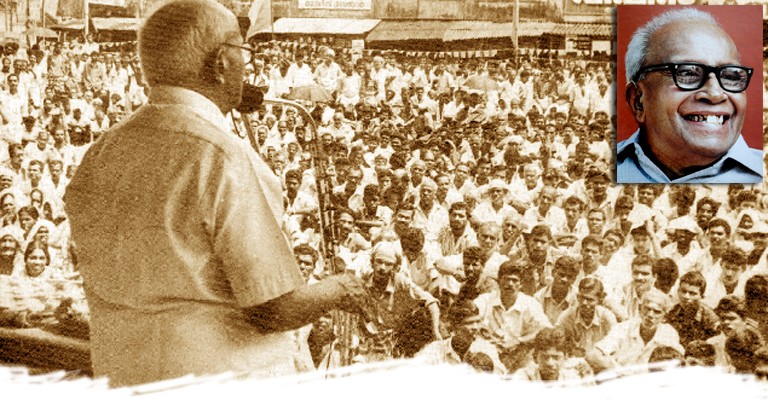
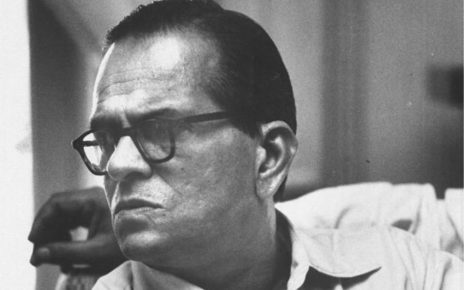
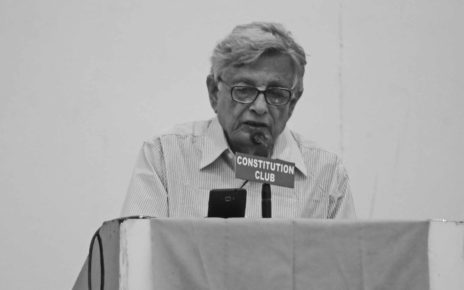
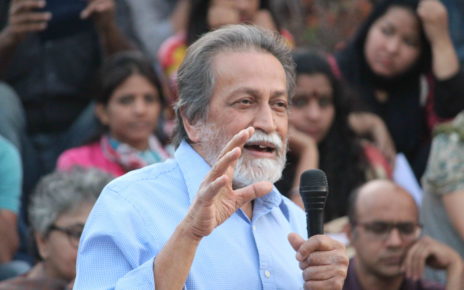
One thought on “The Marxist Definition: Class and Caste in ‘Creamy Layer’ Controversy”
Comments are closed.